
The Biggest Compliance Challenges Websites Face in Web Accessibility
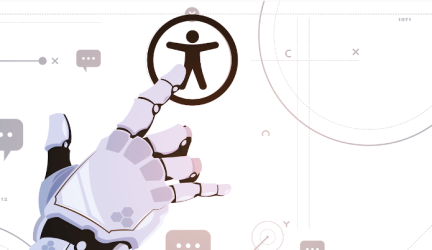
The Battle of Web Accessibility AI: AccessiBe vs. UserWay vs. Equally AI—Who Is the Leader for 2025?

How Effective Are Disability Simulators in Enhancing Web Accessibility?
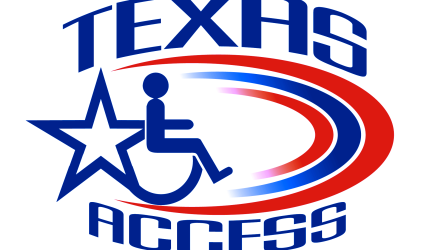
Texas Accessibility Standards: A Guide for Inclusive Design
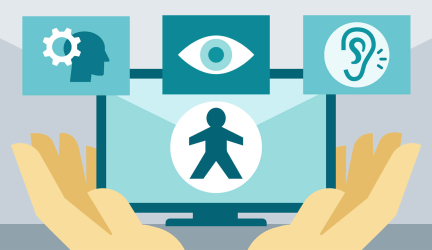
The Ultimate Developer’s Guide: Mastering Accessibility with Deque, ARC, Siteimprove, and Stark

Making PDFs Accessible at Scale: High-Volume PDF Accessibility Services Explained
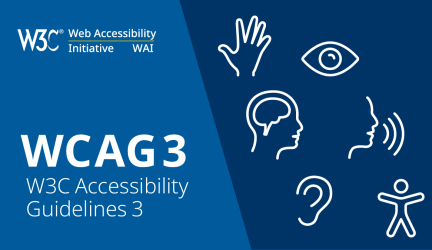
Exploring the Prospects of Web Accessibility: A Bright Future Ahead?

How to Enable Joomla Website Accessibility on Your Website

I Got an ADA Lawsuit. What Should I Do?

Top Drupal Accessibility Modules

Authoring Tools Accessibility Guidelines (ATAG) 2.0: The Ultimate Checklist For Web Authoring Tools
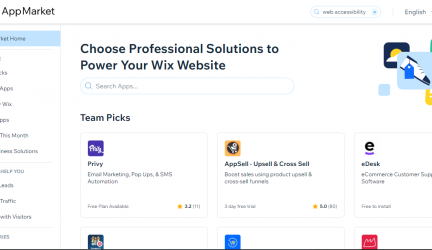
Wix Web Accessibility Plugins
Web Accessibility: What is WCAG, ADA, Section 508 and EN 301 549?
“In the U.S.A, the non-discrimination law is known as the Americans with Disability Act (ADA) and the accessibility law is Section 508 of the Rehabilitation Act. Together, they both ensure equal access to goods, services, and ICT”.
Web, graphic designers, and developers often fall into the trap of assuming the website are accessible and everyone can experience the website or mobile application as the web team. Hence, they fail to achieve web accessibility by failing to consider users experiencing some type of impairment or those with a disability, whether situational, temporary or permanent.
International Standard for Web Accessibility
Because digital and website accessibility is quite broad and covers a large and diverse group, the World Wide Web Consortium (W3C), the international body that articulates web standards and guidelines established the Web Content Accessibility Guidelines (WCAG) 2.0. Created in 2018, WCAG 2.0 Level AA is the most thorough, up-to-date guideline for creating accessible web content.
The WCAG 2.0 Level AA specifications have been adopted, mandated and serve as a legal benchmark for website and web application accessibility in several countries including
U.S.A, U.K, China, Australia, India, Canada, and the EU member states. While each of these countries has different non-discrimination laws, their accessibility laws are usually based on WCAG guidelines.
Web Accessibility Law in the United States of America
In the U.S.A for example, with over 56 million people with a form of disability, the non-discrimination law is known as the Americans with Disability Act (ADA). ADA demands organizations, including non-profits, to provide everyone with equal access to goods, services, communication, and information.
While ADA prohibits discrimination, Section 508 of the Rehabilitation Act, on the other hand, is an accessibility law that mandates federal government agencies and public services to ensure Information Communication Technology is accessible to people with disabilities. This, of course, includes hardware, internet websites, documents of any format, multimedia, software, etc.
These two legislations not only ensure all businesses and organizations are covered by the law, but they also ensure that all people (including those with disabilities) have equal access to goods, services, and communication. The same can be said about EN 301 549 – the EU standard code for digital accessibility.
To create an accessible web for people with disabilities, developers are encouraged to follow WCAG 2.0 Level AA, using the guidelines as their website accessibility checklist. This is because ensuring WCAG compliance is ensuring web usability and web design for individuals who have problems seeing, hearing, talking or those who have problems with movement. Apart from many other advantages, WCAG compliance helps businesses and organizations avoid the risk of a lawsuit.

